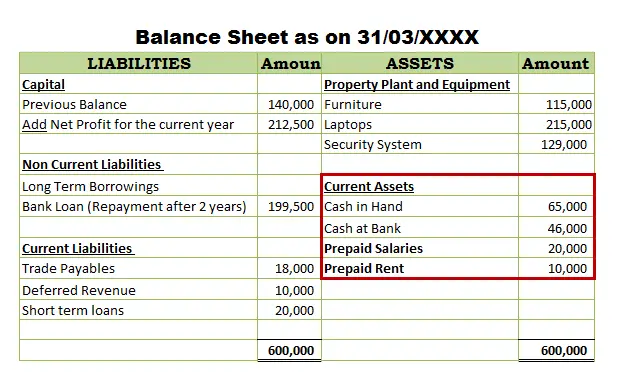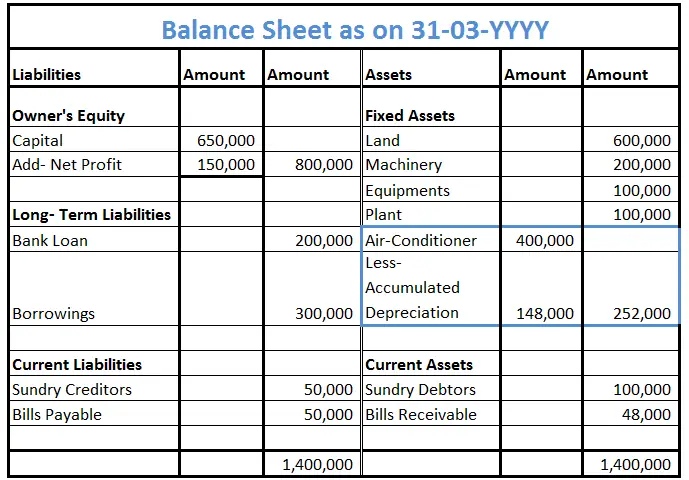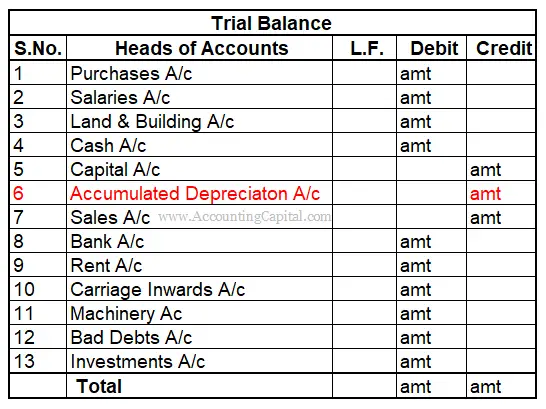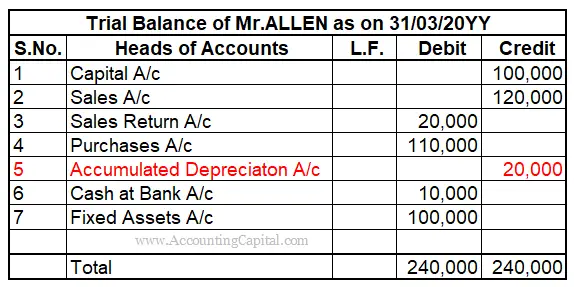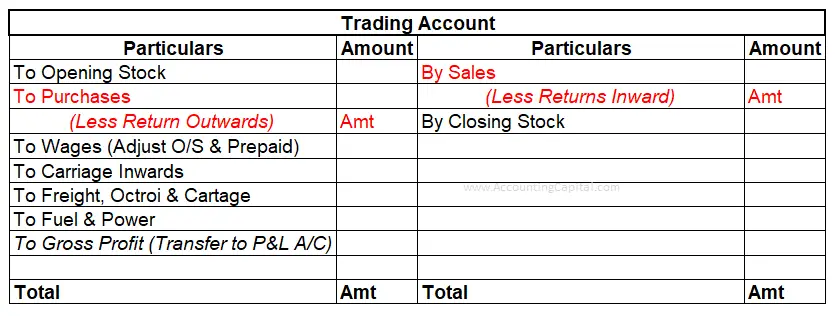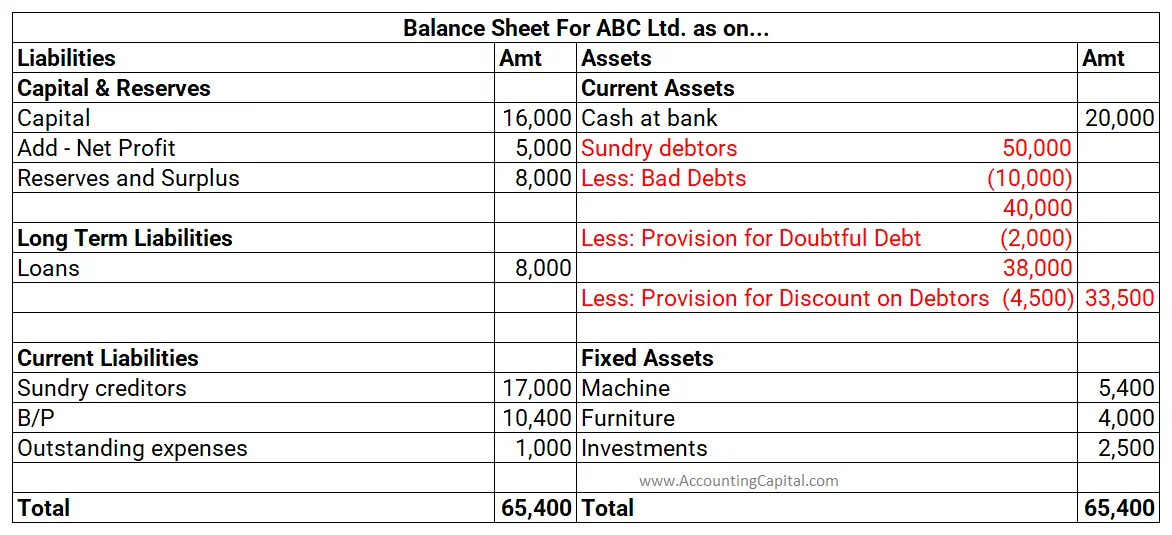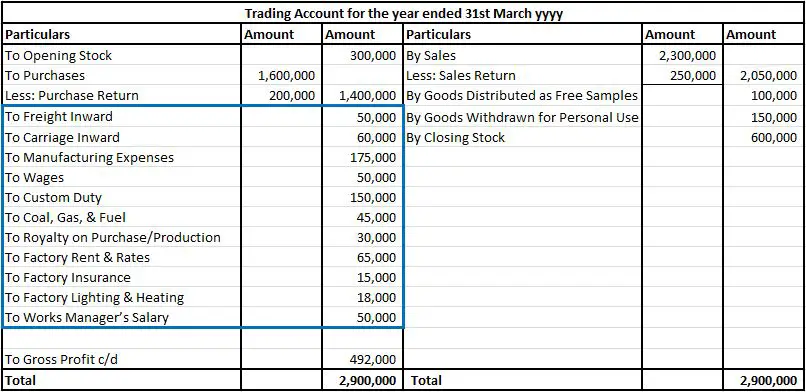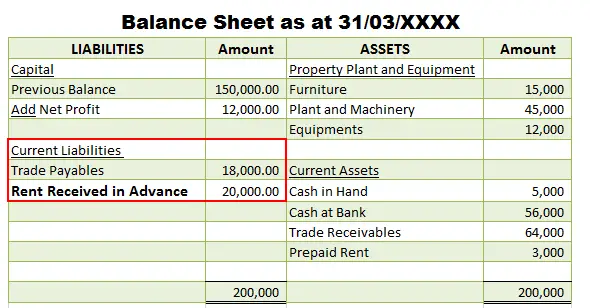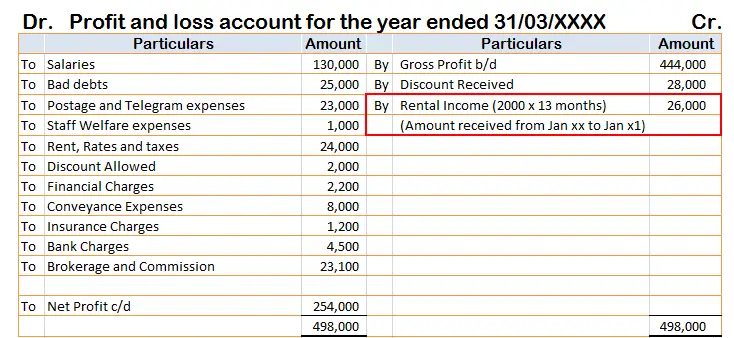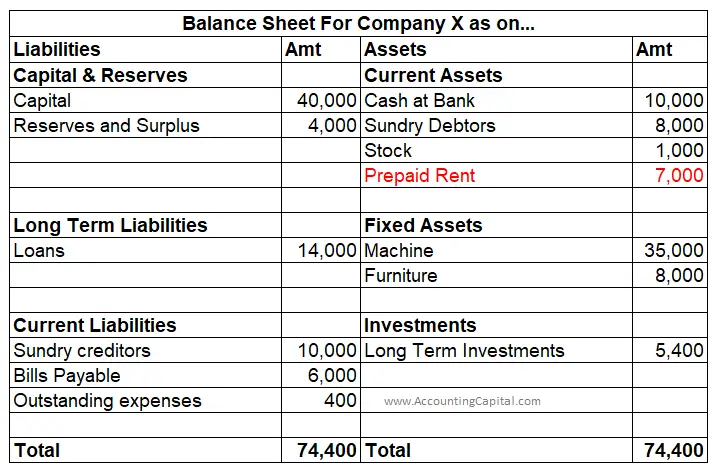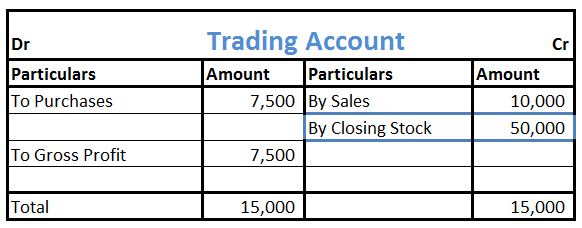-This question was submitted by a user and answered by a volunteer of our choice.
Yes, the cash book is both a journal and a ledger.
To make the concept simpler, let us first be familiarized with the meaning of journals and ledgers, which shall help in determining the reasons for a cashbook to be both a journal as well as a ledger.
What is a Cashbook?
A Cashbook is a book of original entries that records all the cash and bank transactions. It may be a single-column, double-column, or triple-column cash book.
- Single-column Cash Book: In a single-column cash book, there is only one column and it records the cash transactions.
- Double-column Cash Book: In a double-column cash book there is one column each for cash and bank transactions.
- Triple-column Cash Book: In a triple-column cash book there are three columns, one each for cash transactions, bank transactions, and discounts allowed and received.
What is a Journal?
A Journal is a descriptive financial record of a business that is used for future reconciling as well as a transfer to other books of accounts such as the ledger. It is a book of original entries.
Cashbook is considered to be a journal because all the cash/bank receipts and payments are recorded in this book in a descriptive form similar to journal posting.
What is a Ledger?
In simple words, a ledger refers to recording individual accounts in a summarized form that are posted from a journal. It is a book of principal entries.
A cashbook is considered to be a ledger because all the cash transactions that are made during a particular financial period are recorded in this book in chronological order.
When a cashbook is prepared there is no need for a cash a/c as the book serves the same purpose and therefore, it can be used as a substitute.
What is the Format of a Cashbook?
The format of a Cash book is given in the image below:
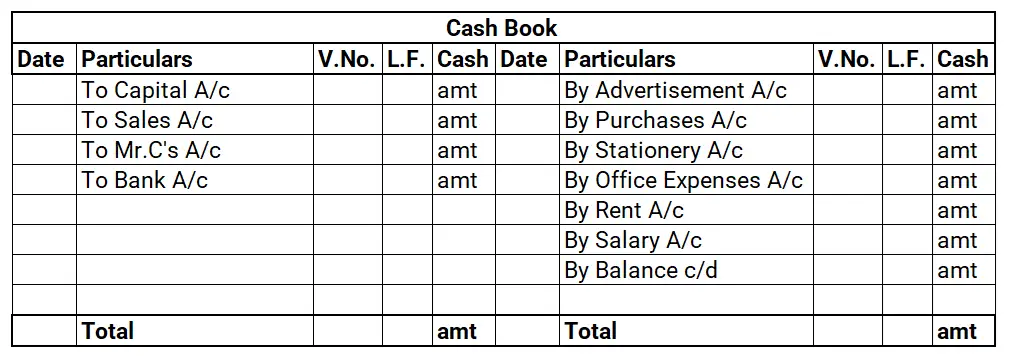
Note: We may observe from the above image that the format and posting of a cashbook are similar to that of journal and ledger accounts. Therefore, it is right to say that a Cash book is both a Journal and a Ledger.
Conclusion
The above article may be summarised as follows:
- A Cashbook is a book of original entries that records all the cash and bank transactions.
- It is both a Ledger and a Journal.
- It may be a single-column, double-column, or triple-column cash book.
- It is a book of original entries, hence, it is considered a Journal.
- All the transactions of a year are recorded in the cash book and therefore, it is also a ledger.

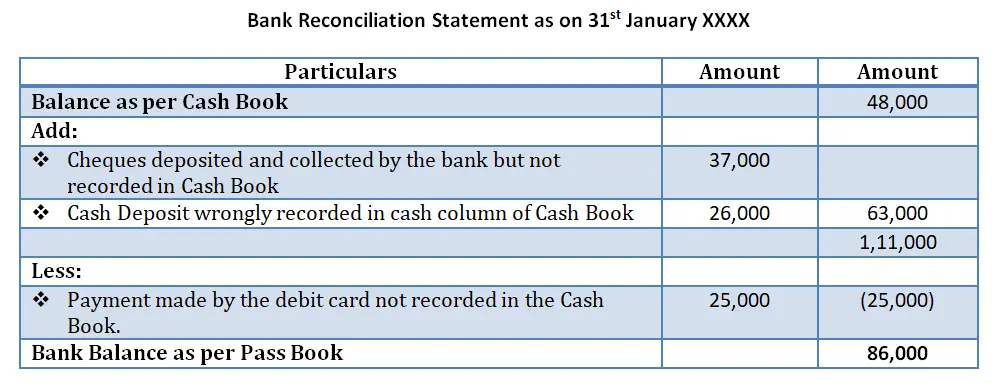



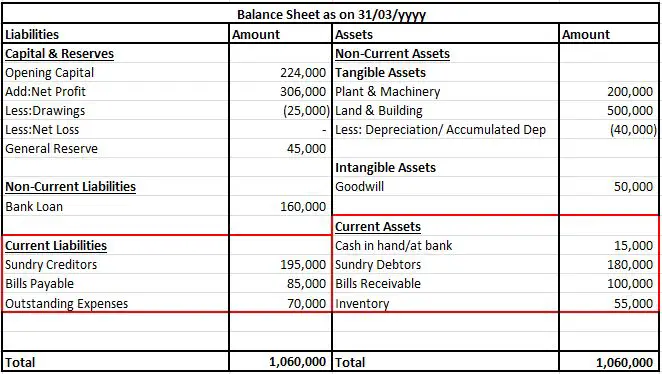
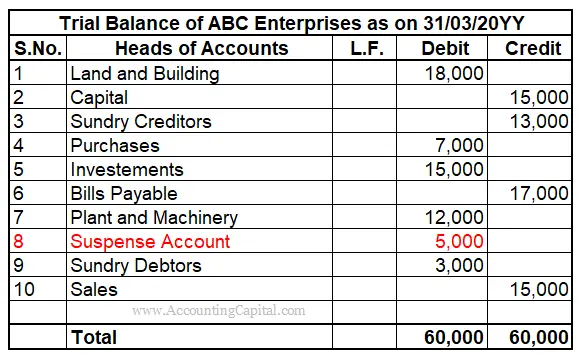
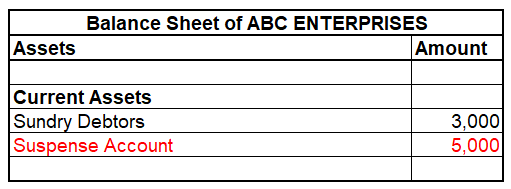



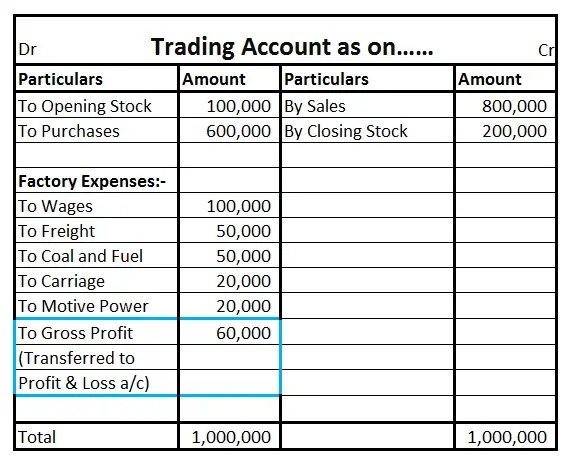
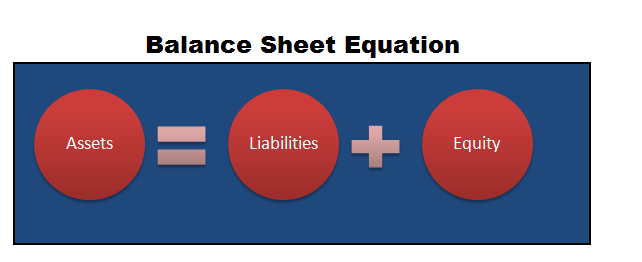



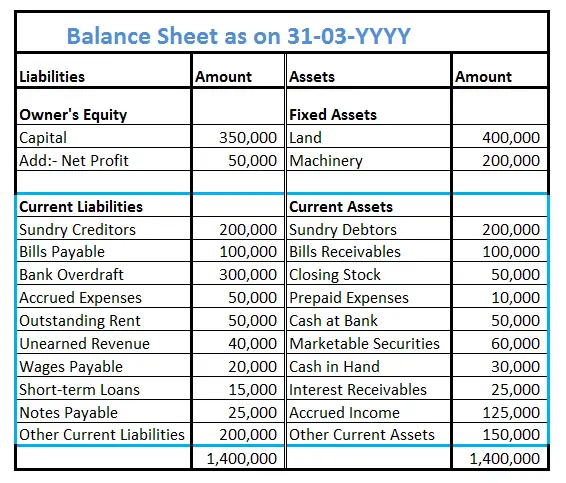
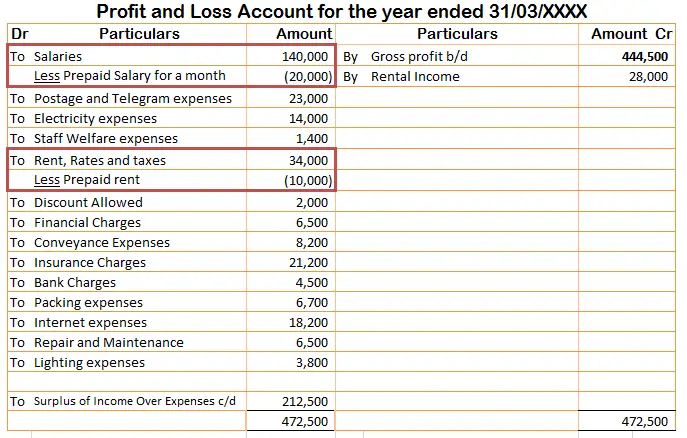 The prepaid expenses are reduced from the expenses in the profit and loss account as it is being utilized during the operating year and it slowly reduces the value of the current asset.
The prepaid expenses are reduced from the expenses in the profit and loss account as it is being utilized during the operating year and it slowly reduces the value of the current asset.